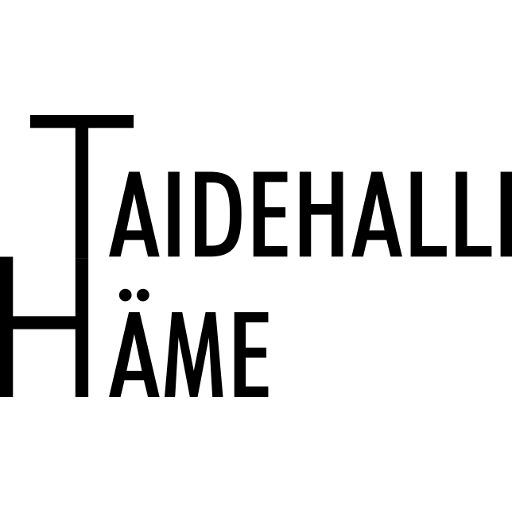


Taidehalli Häme | Hämeenlinna

I started artistic research in the fall of 2019. The starting point for the research was the place name Olhava. Olhava is a village with about 400 inhabitants in the municipality Ii, located along the Olhavajoki in North Ostrobothnia. Olhava is one of the old Karelian names of the Red Sea coast, which means a hollow and a gorge, usually a water-based place, in the dialects of Karjalankannas. Olhava (Ven. Volhov, Волхов) is also a city in the Olhava district of the Leningrad region in Russia. It is located along the Olhavanjoki River, 122 kilometers east of St. Petersburg. In the 9th and 12th centuries, Olhava was part of an important eastern trade route that connected the Baltic Sea to the Black Sea. Why do these geographically distant places have the same name?
For the first exhibition of the research, I worked in the residence of Ii, my childhood home, in February 2020. I planned five different routes to Ii in the village of Olhava in Russia using the map of Olhava, looking at the attractions marked on the map. Using the wrong map to observe a place has been used by the International Situationists when they tried different psychogeographical methods to study the space. They were interested in the relationship between maps and reality and wanted to bring the experiences of the environment into stories about space. My intention was to travel to Russia in March 2020 and explore places there with the help of Iin Olhava’s map. Corona came and the borders were closed. The exhibition plan changed, focusing only on Ii Olhava. I returned to Olhava in the fall of 2021 and tried to find the places I had aimed for the previous year. Maybe it would become a new direction for research and the next exhibition? However, I wanted to travel to Russia after the pandemic subsided. Would the situation be better in the spring of 2022?
War broke out and the border between Finland and Russia seemed impossible to cross. The year 2022 was lost. I couldn’t think of anything related to the topic of my research. I wonder if I need to change the subject and forget everything I’ve done. What can I say when I am neither a researcher of politics nor a researcher of history. I am often asked if I have any (family) connections in Russia. I have no other connection to Russia other than an interest in its language and culture and shared history. Is that enough connection? No one might want to hear any of that now. Do I want to think about it too? When I started the research, I didn’t think it had anything to do with me. I am interested in the movement of cultural influences, people and languages.
After arriving in Ii in 2020, my grandmother died. The research continued as planned, even though I was living a double life in residency. During the day I was an artist doing research in Olhava, in the evenings I cried, missed my grandmother and wrote a speech for a funeral. My grandmother was born, lived and died by Iijoki. I could not avoid the personal nature of research. I have defined myself as coming from Ii, even though I have moved 17 times during my life and since my family is located all over the world, I am not sure if I am from anywhere. I discussed this feeling of belonging in the second part of the study.
So was the purpose of everything to find a place identity? What is it like to be a northern Finn, Author Timo K. Muka was asked this and he answered that how does a pine tree feel to be a pine tree. Through research, I have learned how the east has influenced Northern Finland. I have become more aware of the limits of Pähkinäsaari’s peace and their effects. Through research, I have spent more time in the landscapes, stories, and places of my childhood than ever in my adulthood, because I have lived in Southern Finland for the last 23 years. Through Olhava, I have reached something of what I associate with the environmental experiences of my childhood: raw sea breeze, rivers with strong currents, forest. I have been thinking about the confrontation between the center and the periphery, the history of commerce, culture and industry of Ii and the Russian Olhavie, as well as the present day.
When the Olhava research continued again in the fall of 2023, I was going to search for a year, every few months, again the same places I found with the Russian Olhava map. I assumed that there would be some kind of meaningfulness of the places when I encountered them again. Alienation did happen. Russia’s Olhava influenced my experience of the place, even though I have never been there. The world had changed after February 2020. I couldn’t go back to the thoughts I had, the routes and places felt foreign and Russia had become part of the places through the map. Places also started to disappear. On my trip to 2021, I couldn’t find a single place anymore, because I had followed the tracks of the snow in the snow and couldn’t find the way there anymore. On the following trips, too, places were lost when private area signs appeared along the route, when a skunk blocked passage, when the places changed so that I no longer recognized whether the place was the right one. The school was closed. The place was preserved, but I no longer talked about the history of Olhava with the class teacher on the filming trip, but walked on the playground of the unplowed school yard. One trip was lost because life brought up the illness of the spouse.
I photographed the first observation trip with a digital camera, but I didn’t really know why I was photographing and what I was doing with the pictures. I browsed through the seemingly endless mass of images and decided to take pictures only with a pinhole camera. One place, one picture. Why does anyone need all these pictures? One picture tells enough what I have seen of the place at that particular time. Due to the choice of technology, the information in the pictures is limited. The lens of the camera, i.e. the hole poked in the lid of the yogurt jar, transmits limited light, and the negative of the camera, i.e. the black and white paper, captures information to a limited extent. On one trip, all the pictures failed even though I tried to take pictures again several times. Olhava didn’t want to show herself to me anymore. At first I was desperate for losses. What happens to my research when everything loses, changes, disappears, changes, fails? I have to go according to what the research reveals, not what I would like to happen. On the last filming trip, I only went to Olhava station, the place where the first route started in 2020. The routes have disappeared like Volhava behind the border. What remains are my observations of the places, as I saw and experienced them. For the exhibition, I have made woodcuts of travel pictures, routes, maps using the disappearing tile technique.
In January, an abandoned gas station opposite the school caught fire. I hadn’t photographed that.
— Outi Koivisto
Olhava-V…. is the third and last part of Outi Koivisto’s (b. 1982 in Oulu, lives and works in Helsinki) artistic research. Previous parts: Olhava as seen from the map of Volhova (2021 Galleria Huuto, Helsinki) and Juureton in collision with Iijo (2024 HAA Galleria, Helsinki). He is studying at Aalto University in the doctoral education program in the field of contemporary art.
More Info:
outikoivisto.com
Input your search keywords and press Enter.